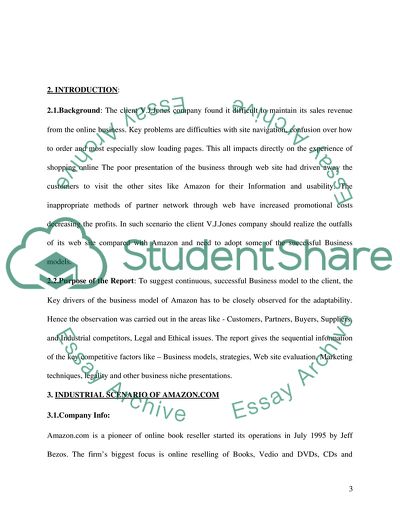Cite this document
(Web Site Evaluation of Amazon.com Essay Example | Topics and Well Written Essays - 2750 words, n.d.)
Web Site Evaluation of Amazon.com Essay Example | Topics and Well Written Essays - 2750 words. Retrieved from https://studentshare.org/information-technology/1702794-web-site-evaluation-of-amazoncom
Web Site Evaluation of Amazon.com Essay Example | Topics and Well Written Essays - 2750 words. Retrieved from https://studentshare.org/information-technology/1702794-web-site-evaluation-of-amazoncom
(Web Site Evaluation of Amazon.Com Essay Example | Topics and Well Written Essays - 2750 Words)
Web Site Evaluation of Amazon.Com Essay Example | Topics and Well Written Essays - 2750 Words. https://studentshare.org/information-technology/1702794-web-site-evaluation-of-amazoncom.
Web Site Evaluation of Amazon.Com Essay Example | Topics and Well Written Essays - 2750 Words. https://studentshare.org/information-technology/1702794-web-site-evaluation-of-amazoncom.
“Web Site Evaluation of Amazon.Com Essay Example | Topics and Well Written Essays - 2750 Words”, n.d. https://studentshare.org/information-technology/1702794-web-site-evaluation-of-amazoncom.


